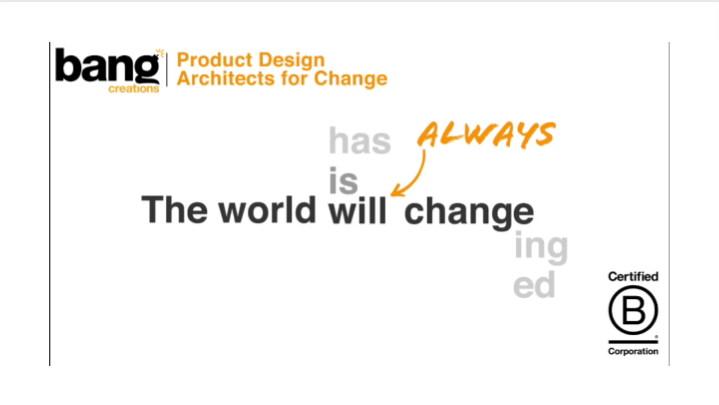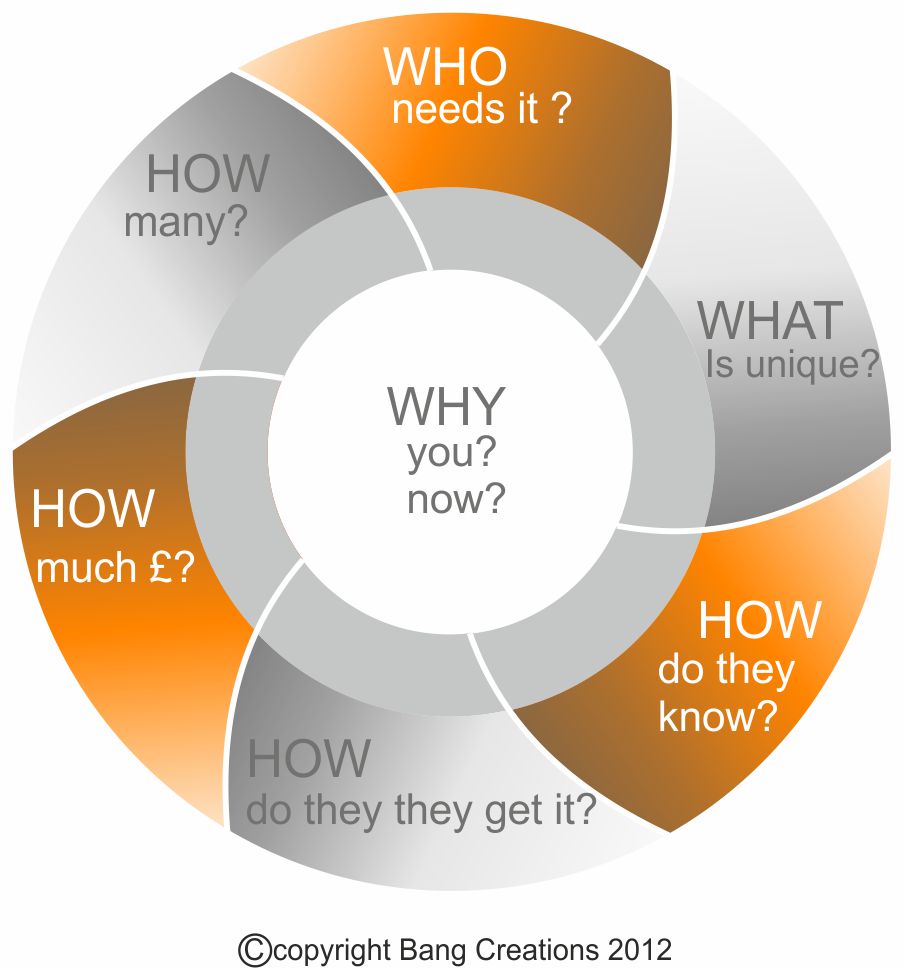
For over 30 years now we've been delivering innovative agile production roadmaps which focus on the technical feasibility and commercial viability of our clients’ products. We have a proven innovation programme which has driven several innovation road maps for businesses and has been at the heart of business development workshops run at the British Library
Due to recent rising costs, shortage in materials and a contracting market this focus is more important than ever. Out clients need to adapt and innovate to deal with the evolving climate they find themselves in. For example one of our clients EasyStorage produces essentially timber based products and are facing raw material price rises and dramatically extended lead-times extending in some cases out from 8 to 40 weeks. Through this approach and process we have designed products less vulnerable to market fluctuations.
This strategic development plan starts at a high level- to ascertain if the product is technically feasible and will delight the end customer and could be commercially viable. The “Who, What, Why and all the Hows” is a model we use to focus in on “who” your market is, “what” is the unique benefit they will get from your proposed solution and “why” you are the right team to bring that solution to market, and why now. It then asks all the challenging “How” questions which need to be answered to ascertain if your proposed product solutions are commercially viable and marketable.

We then pull these apart and consider the social and environmental impact your innovations will have. A lot of our clients have placed “sustainability” as an important design consideration and now sustainability sits alongside cost and speed to market as critical measurements in a product road map. However, many customers find the topic of sustainability overwhelming and confusing, and often think the solution lies in the product and it having to be made from “natural” materials.
But, did you know that an organic cotton bag must be used 149 times before the impact on climate change is level to that of using a single use plastic bag, and 20,000 times more if you also include ozone depletion. So, you can argue the issue now lies with market perception. It is a good example of the market looking at the final product and thinking “sustainable”, but it shows that to be sustainable, the way in which that product is delivered from an idea through to market also has to be done as socially and environmentally responsible as possible. Therefore, this next stage of the innovation road map is to attribute all the sustainable design considerations that would need to apply to that high level commercial and technically feasible model. For example, when considering the “what is so unique about your product” we are looking to ensure we are solving a real problem and making our customers’ lives better, but we should be looking to ensure that that product solution does so for as long as possible, and we design in the road map the possibility for upgrades, re use and end of life disassembly. The day mobile phone companies locked our batteries in our phones practically forcing their market to keep buying new phones with out the ability to change their battery or upgrade their RAM, we hope are days of old.

For each segment we will have dozens of sustainable considerations. We painstakingly work through each one and we give the results a scale from red- needs a lot of work and amends to make solution sustainable to green- as sustainable as possible. This then informs us of where innovation is needed to make a better product. We work with all the stakeholders and learn where opportunities may lie, and then turn the identified problems into several design challenges. This is the first time we can then go back in and re-evaluate the product road map.
If this is a service you would be interested learning, please do contact us on 01428 654466 or by email

For over 30 years now we've been delivering innovative agile production roadmaps which focus on the technical feasibility and commercial viability of our clients’ products. We have a proven innovation programme which has driven several innovation road maps for businesses and has been at the heart of business development workshops run at the British Library
Due to recent rising costs, shortage in materials and a contracting market this focus is more important than ever. Out clients need to adapt and innovate to deal with the evolving climate they find themselves in. For example one of our clients EasyStorage produces essentially timber based products and are facing raw material price rises and dramatically extended lead-times extending in some cases out from 8 to 40 weeks. Through this approach and process we have designed products less vulnerable to market fluctuations.
This strategic development plan starts at a high level- to ascertain if the product is technically feasible and will delight the end customer and could be commercially viable. The “Who, What, Why and all the Hows” is a model we use to focus in on “who” your market is, “what” is the unique benefit they will get from your proposed solution and “why” you are the right team to bring that solution to market, and why now. It then asks all the challenging “How” questions which need to be answered to ascertain if your proposed product solutions are commercially viable and marketable.

We then pull these apart and consider the social and environmental impact your innovations will have. A lot of our clients have placed “sustainability” as an important design consideration and now sustainability sits alongside cost and speed to market as critical measurements in a product road map. However, many customers find the topic of sustainability overwhelming and confusing, and often think the solution lies in the product and it having to be made from “natural” materials.
But, did you know that an organic cotton bag must be used 149 times before the impact on climate change is level to that of using a single use plastic bag, and 20,000 times more if you also include ozone depletion. So, you can argue the issue now lies with market perception. It is a good example of the market looking at the final product and thinking “sustainable”, but it shows that to be sustainable, the way in which that product is delivered from an idea through to market also has to be done as socially and environmentally responsible as possible. Therefore, this next stage of the innovation road map is to attribute all the sustainable design considerations that would need to apply to that high level commercial and technically feasible model. For example, when considering the “what is so unique about your product” we are looking to ensure we are solving a real problem and making our customers’ lives better, but we should be looking to ensure that that product solution does so for as long as possible, and we design in the road map the possibility for upgrades, re use and end of life disassembly. The day mobile phone companies locked our batteries in our phones practically forcing their market to keep buying new phones with out the ability to change their battery or upgrade their RAM, we hope are days of old.

For each segment we will have dozens of sustainable considerations. We painstakingly work through each one and we give the results a scale from red- needs a lot of work and amends to make solution sustainable to green- as sustainable as possible. This then informs us of where innovation is needed to make a better product. We work with all the stakeholders and learn where opportunities may lie, and then turn the identified problems into several design challenges. This is the first time we can then go back in and re-evaluate the product road map.
If this is a service you would be interested learning, please do contact us on 01428 654466 or by email

For over 30 years now we've been delivering innovative agile production roadmaps which focus on the technical feasibility and commercial viability of our clients’ products. We have a proven innovation programme which has driven several innovation road maps for businesses and has been at the heart of business development workshops run at the British Library
Due to recent rising costs, shortage in materials and a contracting market this focus is more important than ever. Out clients need to adapt and innovate to deal with the evolving climate they find themselves in. For example one of our clients EasyStorage produces essentially timber based products and are facing raw material price rises and dramatically extended lead-times extending in some cases out from 8 to 40 weeks. Through this approach and process we have designed products less vulnerable to market fluctuations.
This strategic development plan starts at a high level- to ascertain if the product is technically feasible and will delight the end customer and could be commercially viable. The “Who, What, Why and all the Hows” is a model we use to focus in on “who” your market is, “what” is the unique benefit they will get from your proposed solution and “why” you are the right team to bring that solution to market, and why now. It then asks all the challenging “How” questions which need to be answered to ascertain if your proposed product solutions are commercially viable and marketable.

We then pull these apart and consider the social and environmental impact your innovations will have. A lot of our clients have placed “sustainability” as an important design consideration and now sustainability sits alongside cost and speed to market as critical measurements in a product road map. However, many customers find the topic of sustainability overwhelming and confusing, and often think the solution lies in the product and it having to be made from “natural” materials.
But, did you know that an organic cotton bag must be used 149 times before the impact on climate change is level to that of using a single use plastic bag, and 20,000 times more if you also include ozone depletion. So, you can argue the issue now lies with market perception. It is a good example of the market looking at the final product and thinking “sustainable”, but it shows that to be sustainable, the way in which that product is delivered from an idea through to market also has to be done as socially and environmentally responsible as possible. Therefore, this next stage of the innovation road map is to attribute all the sustainable design considerations that would need to apply to that high level commercial and technically feasible model. For example, when considering the “what is so unique about your product” we are looking to ensure we are solving a real problem and making our customers’ lives better, but we should be looking to ensure that that product solution does so for as long as possible, and we design in the road map the possibility for upgrades, re use and end of life disassembly. The day mobile phone companies locked our batteries in our phones practically forcing their market to keep buying new phones with out the ability to change their battery or upgrade their RAM, we hope are days of old.

For each segment we will have dozens of sustainable considerations. We painstakingly work through each one and we give the results a scale from red- needs a lot of work and amends to make solution sustainable to green- as sustainable as possible. This then informs us of where innovation is needed to make a better product. We work with all the stakeholders and learn where opportunities may lie, and then turn the identified problems into several design challenges. This is the first time we can then go back in and re-evaluate the product road map.
If this is a service you would be interested learning, please do contact us on 01428 654466 or by email

